How to choose concert speakers?
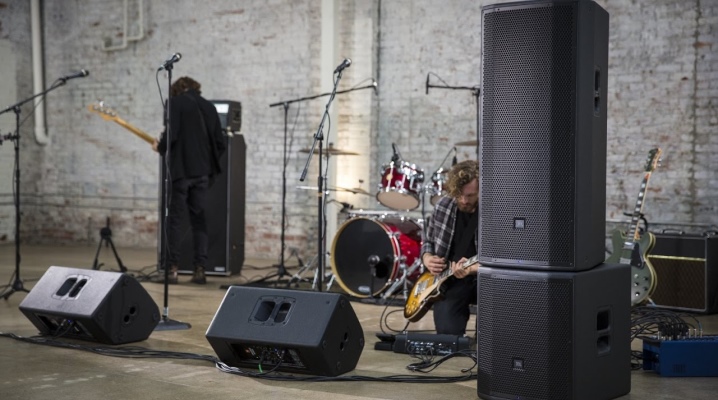
In a building or on an open dance floor, where thousands of visitors have gathered near the podium, even 30 watts of simple home speakers are indispensable. To produce the proper effect of presence, you need high-power speakers of 100 watts and above. Let's take a look at how to choose concert speakers.
Peculiarities
High-power concert speakers are an acoustic package that differs not only in the size of the speakers. The total output power of each speaker reaches 1000 watts or more. When using the speakers at open-air concerts in the city, the music will be heard for 2 km or more. Each speaker weighs more than a dozen kilograms - due to the use of the most massive magnets in the speakers.
More often these speakers do not have a built-in, but an external amplifier and a power supply, which classifies them as passive. The devices are protected from moisture and dust, which makes their use possible even in wet and windy weather.
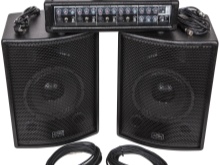
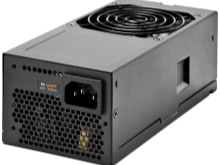
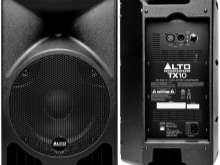
Principle of operation
Concert-theatrical acoustics work on the same principle as other speakers. The sound supplied from an external source (for example, from an electronic mixer or sampler with a karaoke microphone) passes through the amplifier stages, acquiring a power hundreds of times greater than that of the primary sound source. Entering the crossover filter included in front of the speakers, and dividing into sound subranges (high, middle and low frequencies), the processed and amplified sound causes the speaker cones to vibrate with the same frequencies that were generated on electronic musical instruments and the performer's voice.
The most commonly used two- and three-way speakers. For cinemas where multi-channel and surround sound is critical, multiple bands are also used. The simplest stereo system is two speakers in which all three bands are transmitted in each of them. It's called 2.0. The first number is the number of speakers, the second is the number of subwoofers.

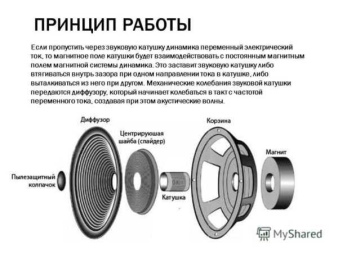
The most sophisticated stereo system 32.1 is 32 "satellites", reproducing high and medium frequencies, and one subwoofer, often used in cinemas. Features an optical audio output that connects to a movie projector or large 3D monitor. Mono-systems for concert performances and showing films are practically not used anywhere anymore, and in everyday life they are supplanted by stereos (sound in the country, in the car, etc.).
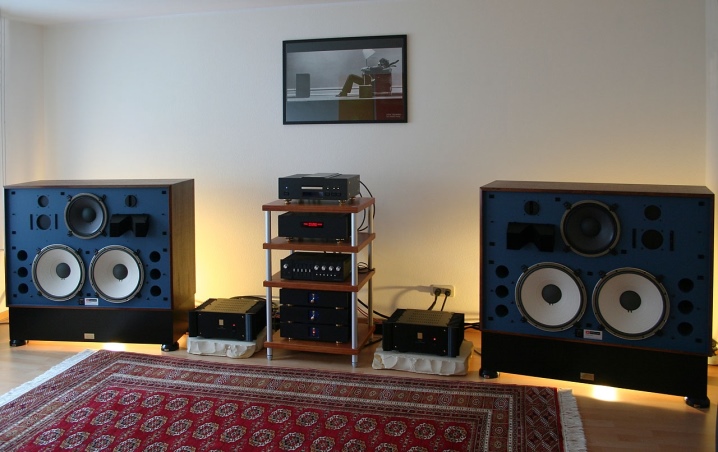
Manufacturers overview
Basically, the assortment of concert performance speakers is represented by the following manufacturers:
- Alto;
- Behringer;
- Biema;
- Bose;
- Current Audio;
- dB Technologies;
- Dynacord;
- Electro-Voice;
- ES Acoustic;
- Eurosound;
- Fender Pro;
- FBT;
- Focal Chorus;
- Genelec;
- HK Audio;
- Invotone;
- JBL;
- KME;
- Leem;
- Mackie;
- Nordfolk;
- Peavey;
- Phonic;
- QSC;
- RCF;
- Show;
- Soundking;
- Superlux;
- Topp Pro;
- Turbosound;
- Volta;
- X-Line;
- Yamaha;
- "Russia" (a domestic brand that collects acoustics for sales areas mainly from Chinese parts and assemblies) and a number of others.
Some manufacturers, focusing exclusively on legal entities and wealthy clients, produce 4-5 channel acoustics. This overprices the kit (speakers, amplifier and power adapter).
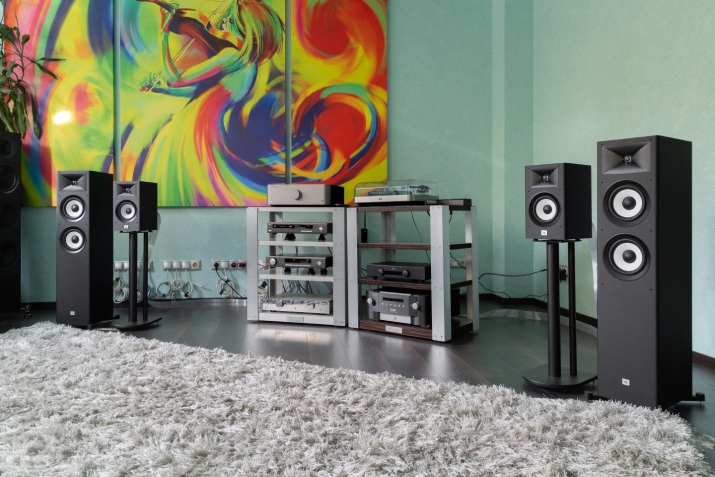
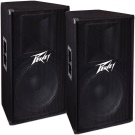
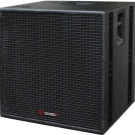
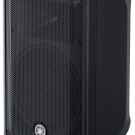
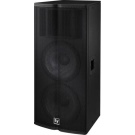
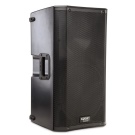
Choice
When choosing, be guided by large sizes, high power, since a speaker in the form of a small box is unlikely to produce sound that allows you to create the effect of being on a dance floor or in a cinema. But don't overdo it with a lot of speakers. If, for example, acoustics are chosen mainly for weddings and other celebrations organized, say, in country houses and summer cottages, then acoustics for a small stage up to 100 W. If a banquet hall or restaurant has an area of 250-1000 square meters, there is enough power and 200-300 watts.
Sales areas of hypermarkets do not use a single powerful column capable of stunning the visitor with bright and inviting advertising. Connects up to several dozen small full-range built-in speakers or speakers with a power of up to 20 watts. It is not stereo sound that is important here, but fullness, since advertising is a voice message against the background of soft music, and not a radio show.
For example, in the Okay supermarket, up to hundreds of 5W speakers are used - one building occupies more than a hectare of land. Such systems are driven by one high power mono amplifier. Or, each column is made active.
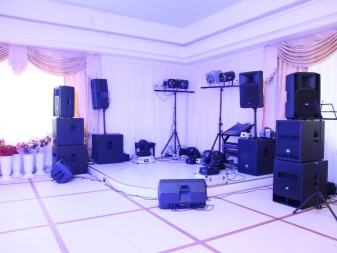
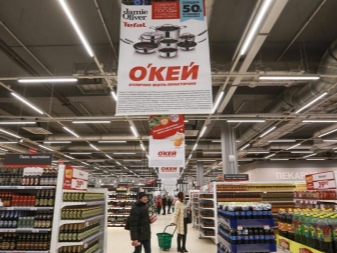
The manufacturer's brand is a way to insure yourself against counterfeiting. Give preference to well-deserved companies, for example, Japanese Yamaha - she produced acoustics back in the 90s. This is not a requirement, but a wish for an inexperienced user who has not figured out which brands and models from dozens of manufacturers cost what and how they will justify themselves. In Russia, the choice of alternative manufacturers was so limited that experienced engineers independently developed their solutions based on ready-made ULFs with power up to 30 W and the same speakers. Such "homemade products" were sold to everyone.
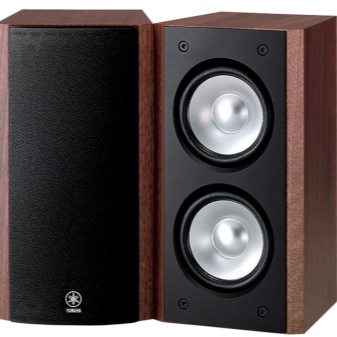
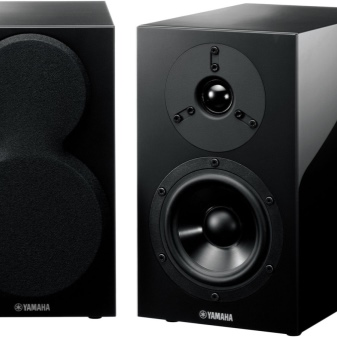
Even a single listener's requests can change. The set for active or passive speakers together with the amplifier relies on the so-called equalizer. This is a multi-band volume control for individual bands (at least three) used in multi-channel acoustics. It sets the frequency response, which some listeners may not like. When you add "bass" (20-100 hertz) and treble (8-20 kilohertz), this is done not only on a Windows PC, where Windows Media Player has a software 10-band equalizer, but also on real hardware ...
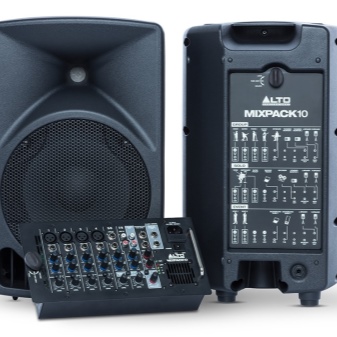
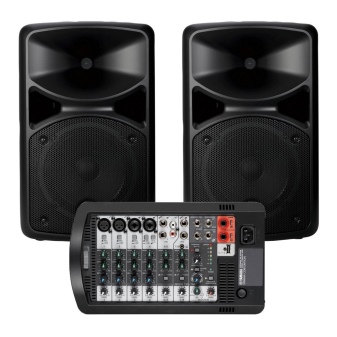
Professional organizers of "live" concerts do not use any PCs - this is the lot of home users... In a live performance, for example, of a worldwide rock band, the role is played by electronic guitars and karaoke microphones, hardware mixing and physical equalization. Only the 3D component is software - it plays an auxiliary role. Acoustic design of the concert hall and scrupulous selection of speakers for a multichannel system will still be needed.
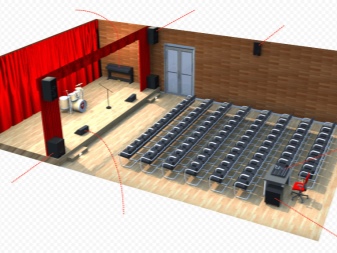
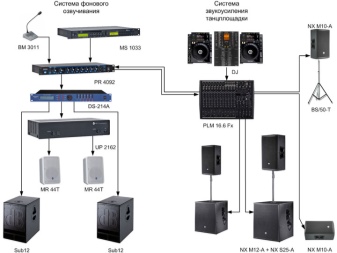
The size for concert speakers does not really matter: the podium and the concert hall are large enough, and "heavyweights" weighing the size of a car are not produced in the world of modern acoustics. One column weighs up to several tens of kilograms - 3 people can carry it. The total weight is determined by the mass of the magnet and the carrier rim of the speaker, as well as the wooden case, the power supply transformer (in active speakers) and the amplifier radiator. The rest of the parts weigh relatively little.
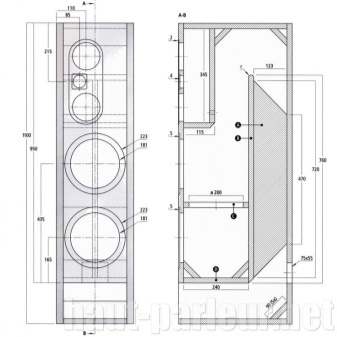
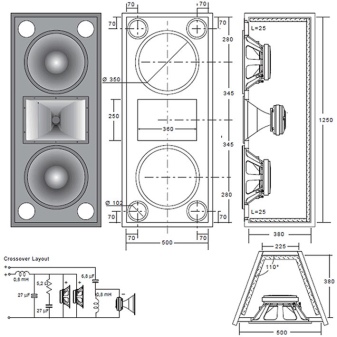
The best material for a speaker is natural wood. Lumber based on it - for example, lacquered and painted chipboard is a cheap replacement for oak or acacia, but the lion's share of the cost of the product is still not concentrated in the board. The value of the wood species does not matter - a wooden or lumber slab must be sufficiently rigid.
In order to savings, MDF boards are often used - lumber, crushed to a fine powder, diluted with epoxy glue and several other additives. They are pumped into a mold under high pressure - after the adhesive base hardens, the next day a hard and durable semi-synthetic board is obtained. They do not delaminate over time, are easy to decorate (MDF, unlike the roughness of wood or chipboard, has an ideal shiny surface), are lightened due to the box-shaped structure containing voids inside.
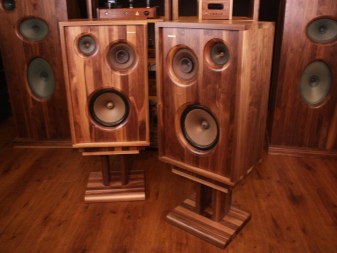
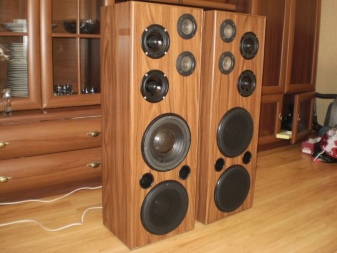
If you come across a column with a chipboard body, on the processing of which the manufacturer clearly saved, then additionally it is impregnated with a waterproof glue-based varnish (you can use parquet) and painted over with several layers of decorative paint.
To avoid this, choose speakers with a natural wood cabinet - it requires less maintenance.
In an active speaker, additional space in the rear of it is occupied by an amplifier with a power supply, for example, if it is a subwoofer for a multichannel system. In order to avoid degradation of the sound at low and medium frequencies, it is fenced off by a partition made of the same material as the other 6 sides of the cabinet. In cheap kits, this partition may not exist, in expensive ones - due to the seventh wall and the power supply unit with an amplifier, the mass of the subwoofer or broadband speaker increases by 10 or more kilograms.
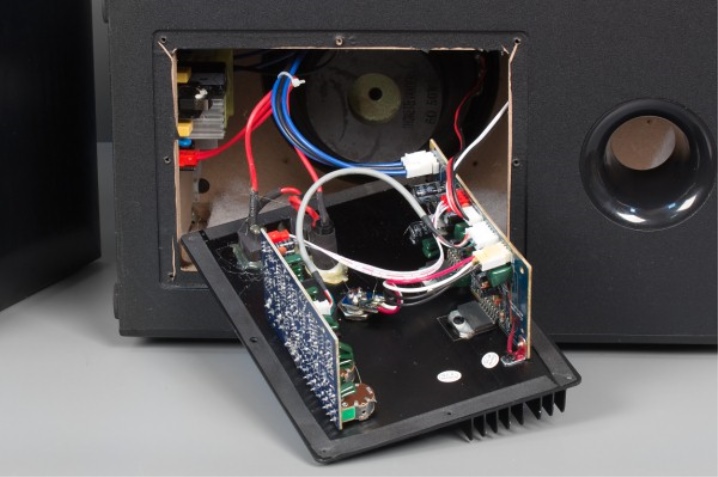
Acoustics should be easily portable - it is better to go a few extra times than to strain when carrying such speakers from the van to the podium and vice versa. Concert speakers (at least 2) should be of the highest quality in sound, easy to place and connect.
Do not purchase a multi-channel system - for example, for a school auditorium, if you do not need it.
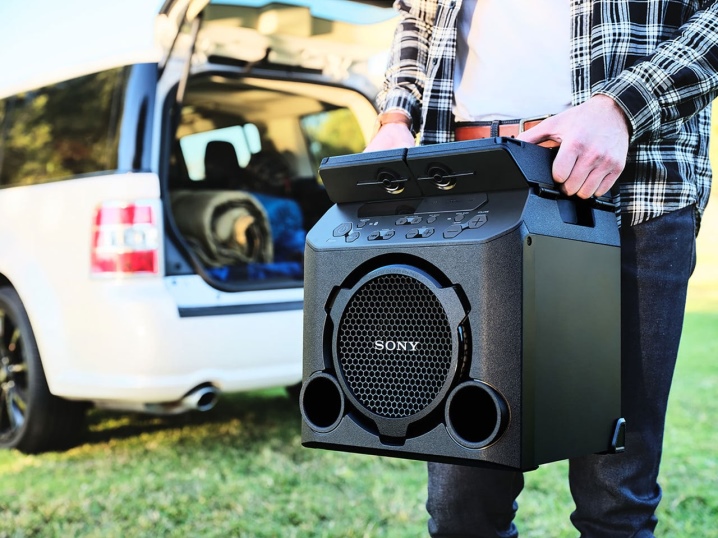
See below for the features of active live speakers.













Thanks for the article, I got a lot of useful information for myself. I would also like to add about the options for mounting speakers. For the best sound, the speakers should be placed above the floor.
The comment was sent successfully.